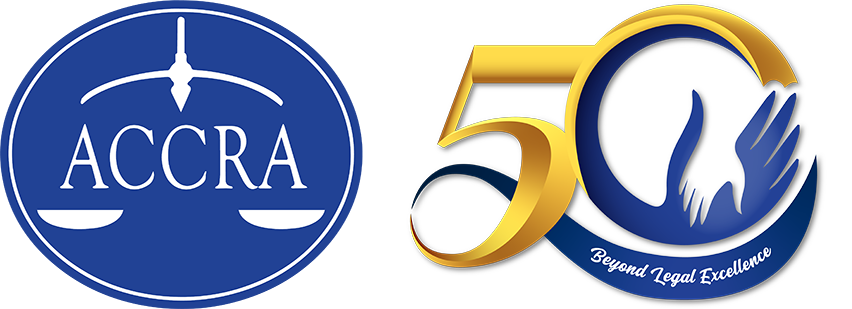The Constitution requires Government to promote the preferential use and adopt measures to enhance the competitiveness of Filipino labor, domestic materials and locally produced goods. In pursuit of this policy, special economic zones in suitable and strategic locations have been created and spread across the Philippines to attract legitimate and productive foreign investments.
Philippine History shows that the very first economic zone was the Bataan Export Processing Zone, which was created in 1972 through Presidential Decree No. 66. Since then, ecozones have been created across various local government units, initially starting in Clark and Subic Bay, covering different sectors of business. Economic zones were later created in Camp John Hay, Poro Point, Cagayan, Zamboanga, Aurora, and within major cities such as Makati, Taguig and Cebu. The Special Economic Zone Act (RA 7916), provides that economic zones are meant to be developed into self-reliant and self-sustaining centers, and shall generate employment opportunities for its own inhabitants and those of nearby towns and cities.
Under CREATE, economic zones are defined as a selected area which is to be operated and managed as a separate customs territory that is highly developed or has the potential to be developed into an agro-industrial, industrial, information technology, or tourist/recreational area, whose metes and bounds are fixed or delimited by presidential proclamations and is within a specific geographical area which includes industrial estates, export processing zones, ICT parks and centers, and free trade zones. CREATE likewise recognizes vertical economic zones, such as, but not limited to, buildings, selected floors within buildings, and selected areas on a floor. As of this time, there are more than 400 economic zones operating in the Philippines.
With the successful proliferation and growth of economic zones, questions have been raised seeking clarification on the revenue allocated for local government units (LGUs) where these ecozones operate. Under Article X of the 1987 Constitution, LGUs have the power to create their own revenue sources, levy taxes, and share in national tax collections, subject to limitations set by Congress. This highlighted the need to balance concept of “separate customs territory” and consider the revenue-raising powers of LGUs.
For instance, Section 24 of RA 7916 states that in lieu of all national and local taxes, registered business enterprises (RBEs) enjoying the 5% special corporate income tax (5% SCIT) with the Philippine Economic Zone (PEZA) are only required to remit a portion of their gross income— 2% directly to the local government. Another example is Section 12 of the Subic Special Economic Zone where Section 12 of RA 7227 provides that of the 5% SCIT – two (2%) percent to the Subic Bay Metropolitan Authority for distribution to the local government units affected by the declaration of and contiguous to the zone, such as the City of Olongapo and the municipalities of Subic, San Antonio, San Marcelino and Castillejos of the Province of Zambales; and the municipalities of Morong, Hermosa and Dinalupihan of the Province of Bataan, on the basis of population (50%), land area (25%), and equal sharing (25%).
However, it is said that CREATE Act did not clarify whether RBEs enjoying Income Tax Holiday (ITH) or those that transitioned to Enhanced Deduction Regime (EDR) are subject to local taxes. In response to this issue, the Secretary of Finance issued Department Order No. 33-2023, creating guidelines that RBEs that previously enjoyed local tax exemptions would continue to benefit from these under the CREATE Act. However, it left open whether new RBEs registered under CREATE also enjoyed the same exemption.
CREATE MORE introduced updates, addressing ambiguities in the local taxation of RBEs and aligning the concept of economic zones with local autonomy. One of the key provisions introduced is the concept of Registered Business Enterprise Local Tax (RBELT), which grants local government units to impose local taxes to RBEs enjoying ITH or EDR within ecozones. RBELT may be imposed by LGUs by way of ordinance at a rate not exceeding 2% of the gross income of registered projects or activities.
CREATE MORE is set to create a framework on the revenue-share of LGUs from the foreign investments. In cases where an RBEs activities span multiple jurisdictions, 50% of the revenue will be divided equally among the involved LGUs, while the remaining 50% will be shared based on their population. Moreover, cities retain their whole share while municipalities remit 50% of their share to the province where they belong.
CREATE MORE also updates provisions on One-Stop Action Centers. To recall, In BCDA v. Baguio, the Court held that IPAs could not impose business permit fees through One-Stop Action Centers as this power pertains to the LGU. CREATE MORE now provides that LGUs may delegate the functions of processing and granting business permits to IPAs.
Lastly, Section 29 of CREATE MORE clarifies that businesses that availing of the 5% tax on gross income prior to the CREATE Act will retain exemptions from local taxes, fees, and charges until 31 December 2034. This provision provides stability and certainty for investors who are still in the process of completing their investments.
With CREATE MORE, the power of LGUs to impose taxes and fees on RBEs have been clarified. By establishing the RBELT, the law promotes better coordination between IPAs, LGUs, and RBEs—paving the road to encourage more foreign investment, and clearly delineates the revenue share of local government units.
This article is for informational and educational purposes only. It is not offered and does not constitute legal advice or legal opinion.
Aaron Arwin C. Cheng is an Associate of the Tax Department of the Angara Abello Concepcion Regala Cruz Law Offices (ACCRALAW).
[email protected]
(632) 8830-8000




